When beginning to think about permanent edible landscape design and forest gardening, taking in the general concepts of Permaculture can help tremendously.
Edible forests feature a number of natural layers
Fruit and nut bearing trees can create a canopy, dwarf trees shrubs and vines can create a natural under layer and be followed by low growing plants and ground cover.
Plants that enjoy similar conditions and/or have a symbiotic relationship with one another are often arranged near one another in guilds. Careful consideration to conditions such as soil and exposure to sun as well as guild mates is wise given the significant investment and permanence involved in planting new trees, bushes and perennial flowers.
Following is a list of edible perennials to consider when Edible Permascaping in a colder weather climate, zones 3-5. Do you know of a hardy edible perennial that isn't on this list? Please let us know in the comments!
Fruit and nut bearing trees:
-
Apples
-
Pears
- Quince
- Crab Apple
- Persimmon (Wild American)
- Cherry
- Plum
- Serviceberry
- Chestnut
- Filberts
- Walnuts
- Red Mulberry

Bushes, shrubs, canes and vines:
- Aronia
- Blueberry
- Serviceberry
- Raspberry
- Black raspberry
- Blackberry
- Gooseberry
- Salmonberry
- Thimbleberry
- Lingonberry
- Blue Honeyberry or Haskap Berries (see below)
- Goji berry
- Elderberry
- Currants
- Strawberry
- Kiwi (Hardy)
- Grapes
- Hops
 |
|
© Écohabitation
|
Vegetables and edible flowers:
- Rhubarb
- Asparagus
- Jeruselem artichoke - roots (Sunchokes)
- Fiddleheads - young shoots (Ostrich Fern)
- Cattails - spring shoots
- Tiger lilly - flowers
- Violet - flowers
- Forget-me-not - flowers
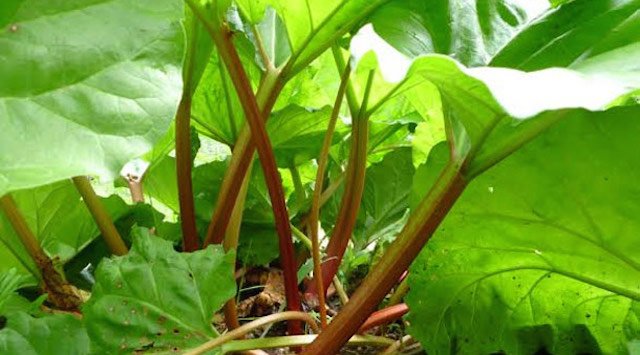 |
|
|
Mushrooms:
- Shitake
- Oyster
Herbs:
- Wild Leeks (Ramps)
- Sorrel
- Nettle
- Thyme
- Sage
- Lavender
- Lemon balm
- Bee balm (Oswego)
- Mint
- Garlic grass
- Chives
 |
|
|

Grow your own superfoods at home
Another interesting option is Haskap berries - which might be the next new superfood – but most people haven't heard of them yet. We found a supplier online that will deliver to the door here
That's because the berries, which are higher in antioxidants than blueberries, have traditionally been found only sporadically in the wild across Canada, growing mostly on the edge of wetlands. Until that is Bob Bors of the University of Saskatchewan got involved - and he's been very selective of varieties from their native habitat of northern Japan and Russia.
The plants are being grown in most provinces now, with more than two million sold, "which is pretty big for any plant breeding program," Bors says.
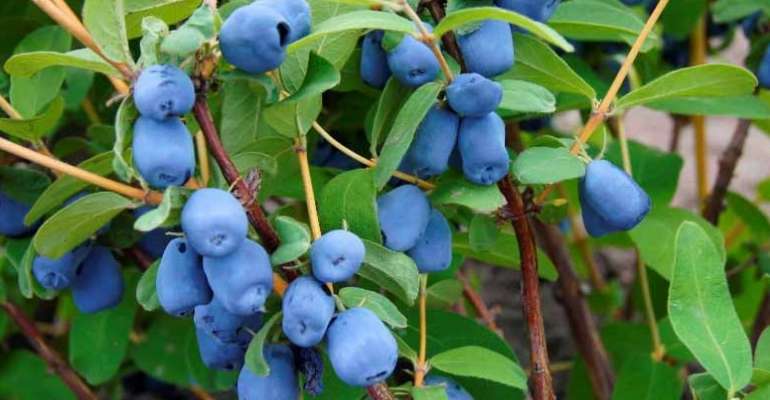
Haskap, meaning 'little present on the end of a branch,' is the name given by the Japanese. Other names include edible honeysuckle, blue honeysuckle and honeyberry. "It's got this raspberry, wild blueberry sort of undertone, and then all of a sudden there's that Honeycrisp [apple]," Bosse says from Pictou County, N.S. "It's got that real funky flavour profile," which he likens to bumbleberry, or mixed-berry pie."
Some people say the berries – which are dark blue, oval or cylindrical, and about 2.5 centimetres long – have a hint of elderberry, black currant or grape, and a tartness that makes them great for baking a pie with.
Now that you know more about easy foods to grow at home, find more pages about edible landscaping and gardening in the Ecohome Green Building Guide and these pages here:
Sign up now for a free Ecohome Membership and reap the benefits! |
.
















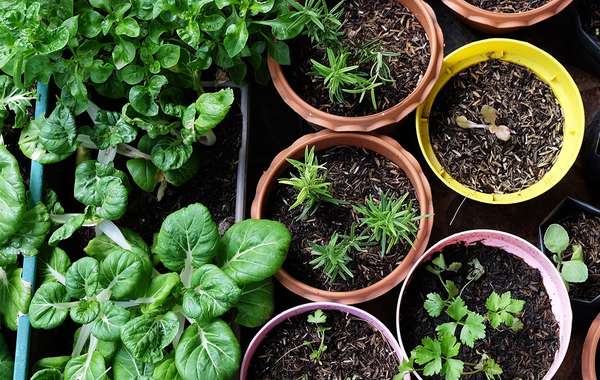
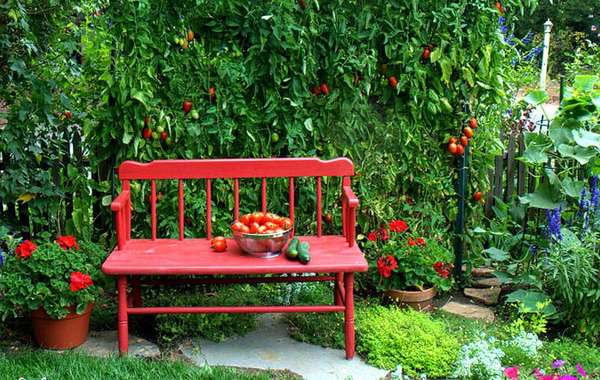
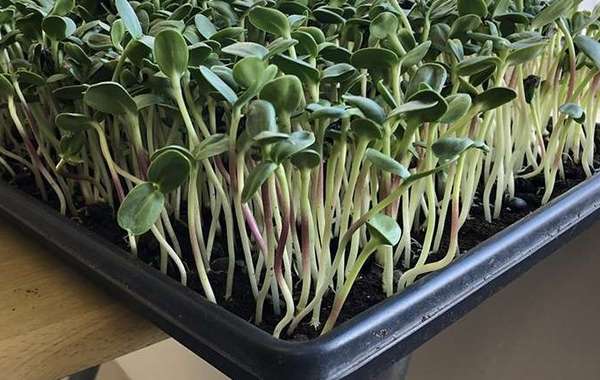
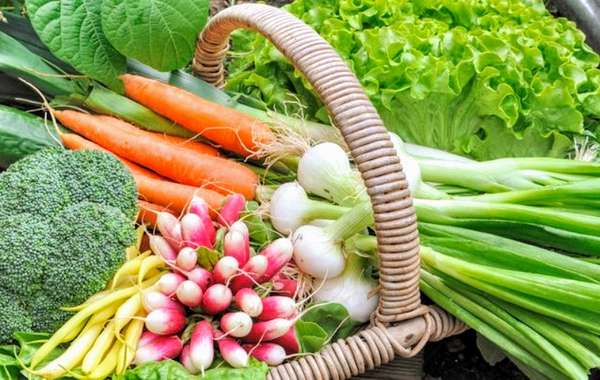
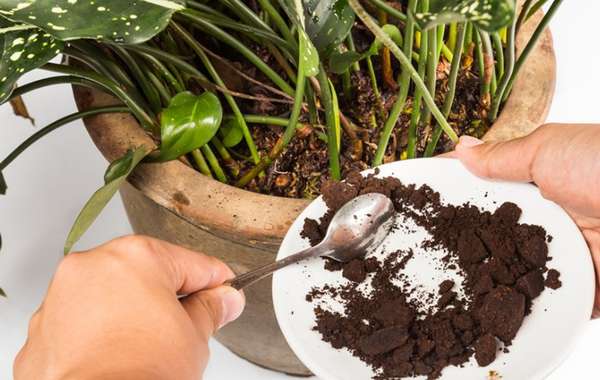
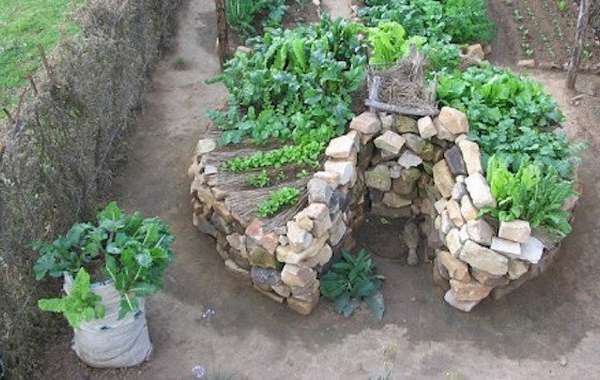
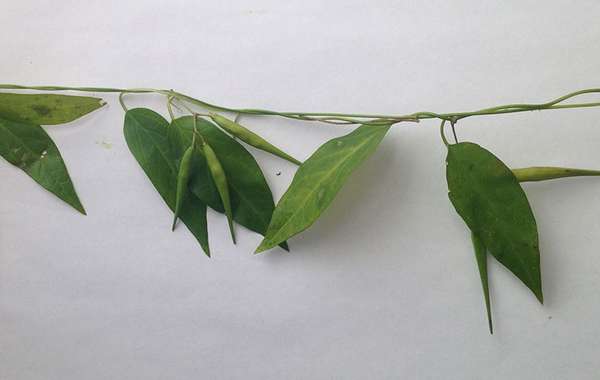

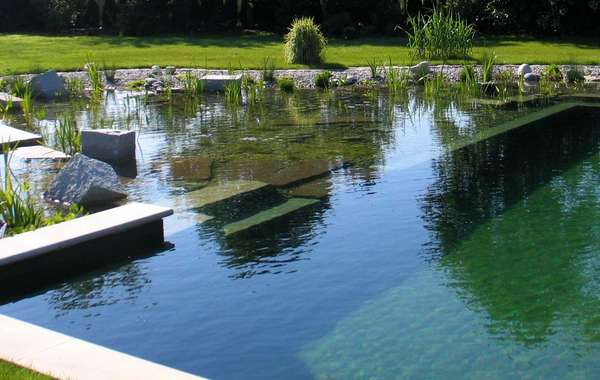
Comments (0)
Sign Up to Comment